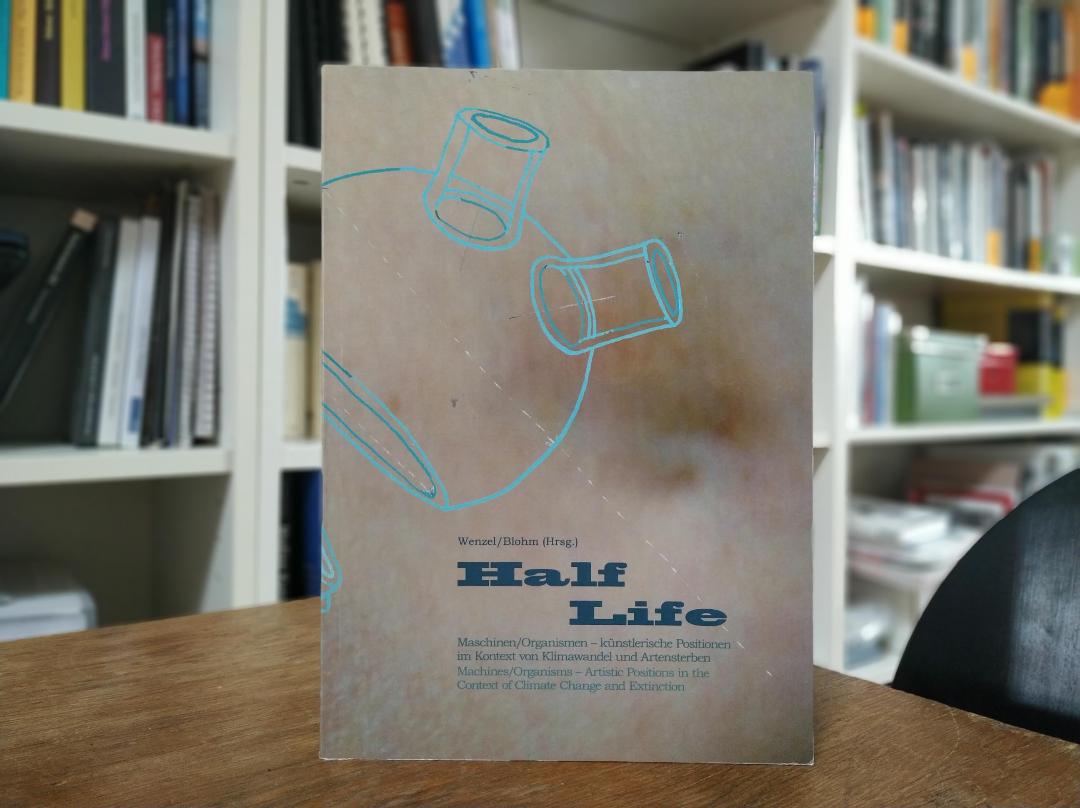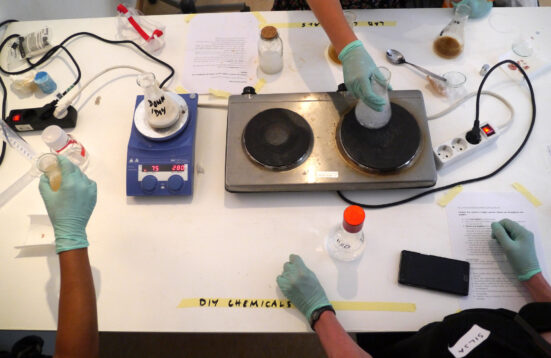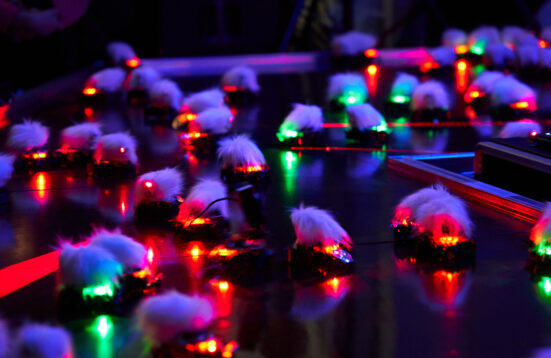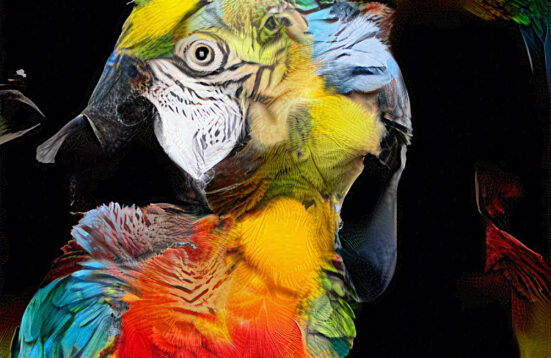Half Life. Machines/ Organisms
Artistic Positions in the context of Climate Change and Extinction
Book Release Party

Half Life. Machines/ Organisms, Artistic Positions in the context of Climate Change and Extinction.
Ed. by Käthe Wenzel/ Manfred Blohm, Hannover: Fabrico, 2018
Machine-Organisms, organic machines: The dissolution of boundaries between bodies and technology is becoming part of everyday life with feeling prosthesis, neuro implants and neuro-enhancement – posthumanism. Even the extinction of the species supposedly be solved by synthetic and mechanical Ersatz-species. What are the artistic perspectives on these developments? What kind of threats and promises are being negotiated here?
41 artistic positions from 15 countries provide critical and visionary views onto socio-emotional service machines – proxies and social crutches; Ersatz: Machine environments and artificial organisms; Utopia: Prosthesis, Utopian Instruments and substitute bodies; Connection: Mediator machines and trans-species communication; Autonomous and obsolete machines, past cultures of machines.
Artists presented
Agnes Meyer-Brandis, Alex May, Alexander Schellbach, Andras Böröcz, Anna Dumitriu, Christa Sommerer, Claudia Schmitz, Courtney Johnson, Emma Critchley, Giuliana Cunéaz, Guy Ben-Ary, Hannes Waldschütz, Ionat Zurr, Jeongmoon Choi, Ji Hyun Park, Jinyoung Lee, John Roach, Käthe Wenzel, Kerstin Ergenzinger, Laurent Mignonneau, Lisa Glauer, Lorenzo Oggiano, Lukas Truniger, Malte Bartsch, Marie-Eve Levasseur, Michael Schulze, Nicola L. Hein, Oron Catts, Pey-Ying Lin, PSJM, Robbin A. Silverberg, Robertina Šebjanic, Saša Spacal, Špela Petric, Susanna Hertrich, Susanna Schoenberg, Suzanne Anker, Tobias Grewenig, VALIE EXPORT, Verena Friedrich, Via Lewandowsky, 431art.
Texts and authors
Introductory Text | KätheWenzel and Manfred Blohm, p. 8-13
Trans-, Post- and Beyond. Some Reflections on machines and the Biological | Regine Rapp and Christian De Lutz, p. 14-29
Pleasing Machines as Renewed Products of Artistic Design Research | Glauer and Helge Oder, p. 30-44




